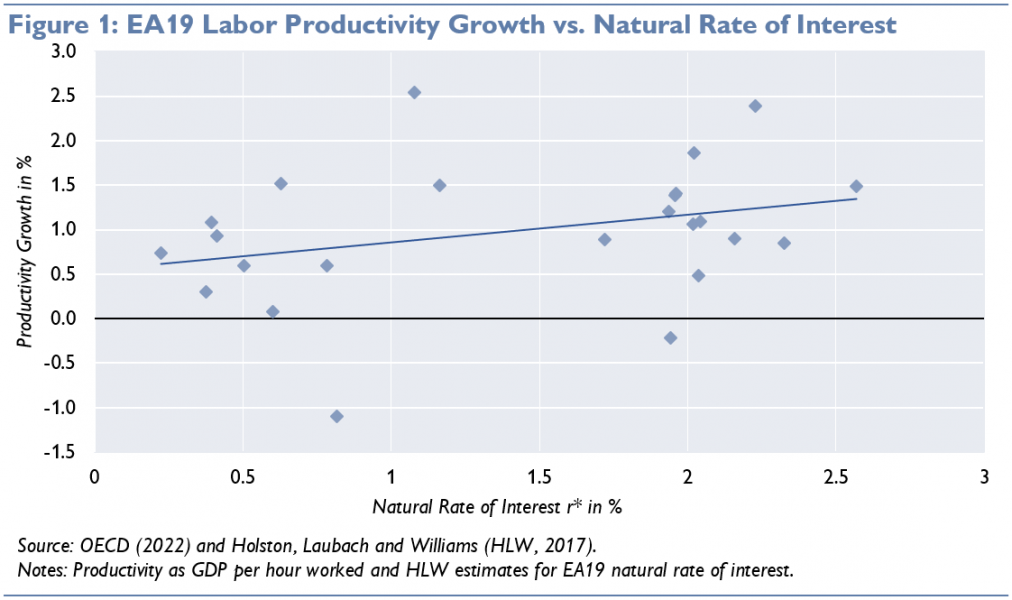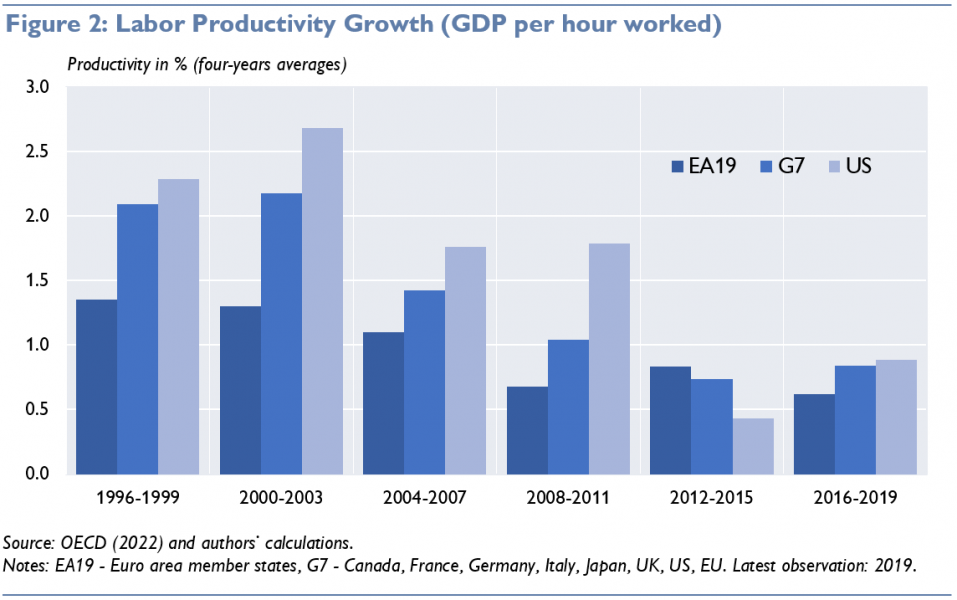References
Breitenfellner, A., Holzmann, R., Sellner, R., Silgoner, M. and Zörner, T. (2022): “Quo vadis, productivity?”, OeNB Occasional Paper No.1, March.
Holzmann, R. (2013): “An Optimistic Perspective on Population Aging and Old-Age Financial Protection”, In: Malaysian Journal of Economic Studies 50(2): 107–137.
Holzmann, R., Robalino, D. and Winkler, H. (2020): “NDC Schemes and the Labor Market: Issues and Options”, in: Holzmann, R., Palmer, E., Palacios, R. and Sacchi, S. (eds.): “Progress and Challenges of Nonfinancial Defined Contribution Pension (NDC) Schemes, Volume 1: Addressing Marginalization, Polarization, and the Labor Market”, Chapter 15. Washington, D.C.: The World Bank.
Silgoner, M. (2022): “Conference on European Economic Integration 2021: Recalibrating tomorrow’s global value chains – prospects for CESEE”, In: OeNB Focus on European Economic Integration Q1/22.









